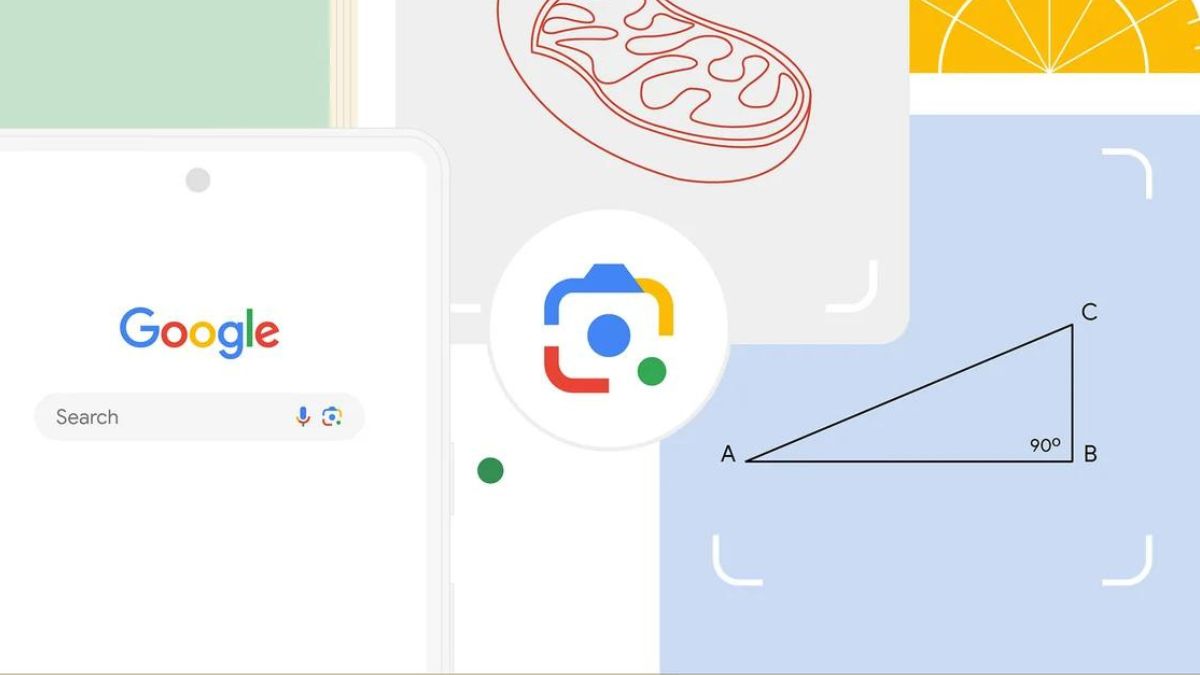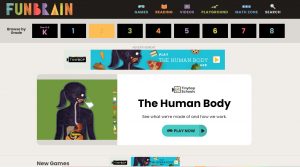Google has recently released an update to its search engine and Lens tool that offers enhanced capabilities in solving complex math and science problems. Through these new features, users can now visualize and solve equations in subjects like geometry, physics, trigonometry, and calculus with ease.
Key Takeaway
Google Search and Lens have been updated to provide step-by-step explanations and solutions to math and science problems, including word problems. Users can enter equations directly into the search bar or take a photo using Lens to receive accurate answers. This feature is currently available on desktop and will be rolled out on mobile devices later this year.
Enhanced Math Solver Feature
With the latest update, Google Search now includes a math solver feature that allows users to enter equations directly into the search bar to obtain quick and accurate results. By typing “[math solver]” in the search bar, users can easily access this feature. It supports a wide range of mathematical concepts from geometry to calculus. For example, users can find the area or perimeter of a triangle, apply the Pythagorean Theorem to solve right triangles, and perform various calculations related to physics, such as finding average acceleration.
Geometry Solver with Lens
The geometry solver feature is particularly helpful when solving visual problems. By using the Lens tool, users can take a photo of a geometry problem and receive an explanation for both the visual and textual components of the problem. Currently, the geometry solver can assist with a subset of geometry problems, such as finding the area of a triangle using formulas like A = 1/2 x height x base or Heron’s formula. Google plans to expand its geometry solver to cover a broader range of problems in the future.
Powered by Multitask Unified Model (MUM)
Google has leveraged its Multitask Unified Model (MUM) to enhance the accuracy and efficiency of its math and science problem-solving features. MUM can understand specific search queries across various formats, including text, images, and videos. This allows Google to provide accurate step-by-step responses that encompass both text and diagrams. While the company has not disclosed specific accuracy rates, it assures users that the new features have a high degree of accuracy.
Expanding Educational Resources
In addition to the problem-solving capabilities, Google has also expanded its educational resources by introducing new 3D models on Search. Users can now access interactive diagrams related to a wide range of topics, including biology, chemistry, physics, astronomy, and more. These 3D models enhance the learning experience and provide a better understanding of complex concepts.
Over the years, Google has introduced various educational features, including practice problems and an English tutoring tool. The new math and science problem-solving features further solidify Google’s commitment to providing accessible and helpful educational resources to users.

























